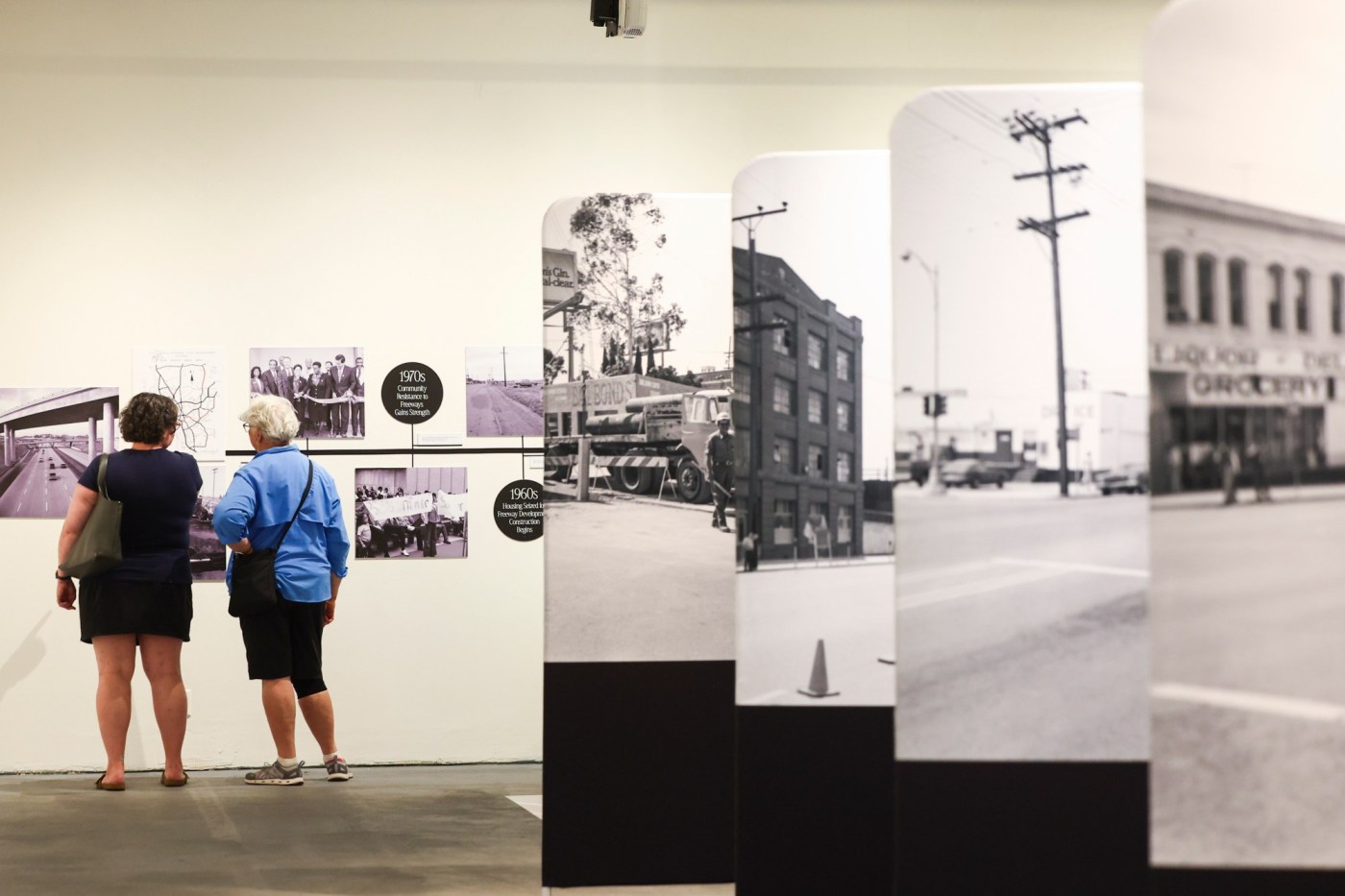Politics
New Exhibit Revives San Diego’s Forgotten Black and Latino Communities

The San Diego History Center has unveiled a new exhibition that seeks to illuminate the stories of the city’s historic Black and Latino neighborhoods, many of which have been lost to gentrification and discriminatory policies. Titled “San Diego’s Lost Neighborhoods,” the exhibition opened on September 26, 2025, and offers a comprehensive look at the rich cultural heritage of these communities.
Reclaiming the Past
Visitors to the exhibition can explore the legacy of the Douglas Hotel, once a vibrant hub for Black travelers and entertainers during the early to mid-20th century. Located at the corner of Second Avenue and Market Street, this establishment featured the popular Creole Palace nightclub, where many Black performers showcased their talents during a time of segregation. Though the hotel was demolished in 1985, its history remains a poignant reminder of the contributions made by Black communities to San Diego’s cultural fabric.
According to Gaidi Finnie, the executive director of the San Diego African American Museum of Fine Art, the exhibition grew out of a desire to educate the public about the deep roots of Black and Latino communities in San Diego County. “As we got into the real nitty-gritty, it got to be more educational because a lot of these things people don’t know,” Finnie stated.
The exhibition encompasses a range of neighborhoods across San Diego, including Julian, La Jolla, and Logan Heights. It highlights how gentrification, highway construction, and discriminatory housing policies forced many residents from their homes. The exhibition employs oral histories, augmented reality, and archival photographs to bring these stories to life.
Impact of Displacement
The journey through the exhibition reveals the vibrant history of Imperial Avenue after World War II and recognizes significant figures like Frederick Coleman, a rancher and miner who discovered gold in the late 1860s. It also delves into the policies that shaped these neighborhoods, including redlining and restrictive covenants that barred Black families from living in predominantly White areas.
A significant portion of the exhibition focuses on the resistance from residents in southeastern San Diego against the proposed construction of Route 252 in the 1970s and 80s. Caltrans aimed to build the highway through this predominantly Black and Latino neighborhood, but community efforts successfully delayed its construction.
The exhibition also revisits the history of Martin Luther King Jr. Way, which was named Market Street until a city council vote in 1986 honored the civil rights leader shortly after his assassination. However, in a surprising turn, a proposition passed the following year reinstating the original name. “Everyone thought it would be permanent, but it was not,” noted Michel Anderson, a board member of the San Diego Parks Foundation.
Curated over a period of two and a half years, the “Lost Neighborhoods” exhibition involved research conducted by UC San Diego students and oral testimonies from current residents. Finnie expressed a hope that this exhibition would highlight the resilience of Black and brown communities in San Diego. “You cannot erase the resilience. You cannot erase the memory,” he remarked during the exhibition’s opening. “You cannot erase the people who refuse to be forgotten.”
This exhibition serves not only as a tribute to the past but also as a call to acknowledge the ongoing struggles faced by these communities in their efforts to reclaim their heritage and rebuild what has been lost.
-

 Lifestyle5 months ago
Lifestyle5 months agoLibraries Challenge Rising E-Book Costs Amid Growing Demand
-

 Sports4 months ago
Sports4 months agoTyreek Hill Responds to Tua Tagovailoa’s Comments on Team Dynamics
-

 Sports4 months ago
Sports4 months agoLiverpool Secures Agreement to Sign Young Striker Will Wright
-

 Lifestyle4 months ago
Lifestyle4 months agoSave Your Split Tomatoes: Expert Tips for Gardeners
-

 Lifestyle4 months ago
Lifestyle4 months agoPrincess Beatrice’s Daughter Athena Joins Siblings at London Parade
-

 Science4 months ago
Science4 months agoSan Francisco Hosts Unique Contest to Identify “Performative Males”
-

 World4 months ago
World4 months agoWinter Storms Lash New South Wales with Snow, Flood Risks
-

 Science5 months ago
Science5 months agoTrump Administration Moves to Repeal Key Climate Regulation
-

 Business5 months ago
Business5 months agoSoFi Technologies Shares Slip 2% Following Insider Stock Sale
-

 Science5 months ago
Science5 months agoNew Tool Reveals Link Between Horse Coat Condition and Parasites
-

 Sports5 months ago
Sports5 months agoElon Musk Sculpture Travels From Utah to Yosemite National Park
-

 Science5 months ago
Science5 months agoNew Study Confirms Humans Transported Stonehenge Bluestones









